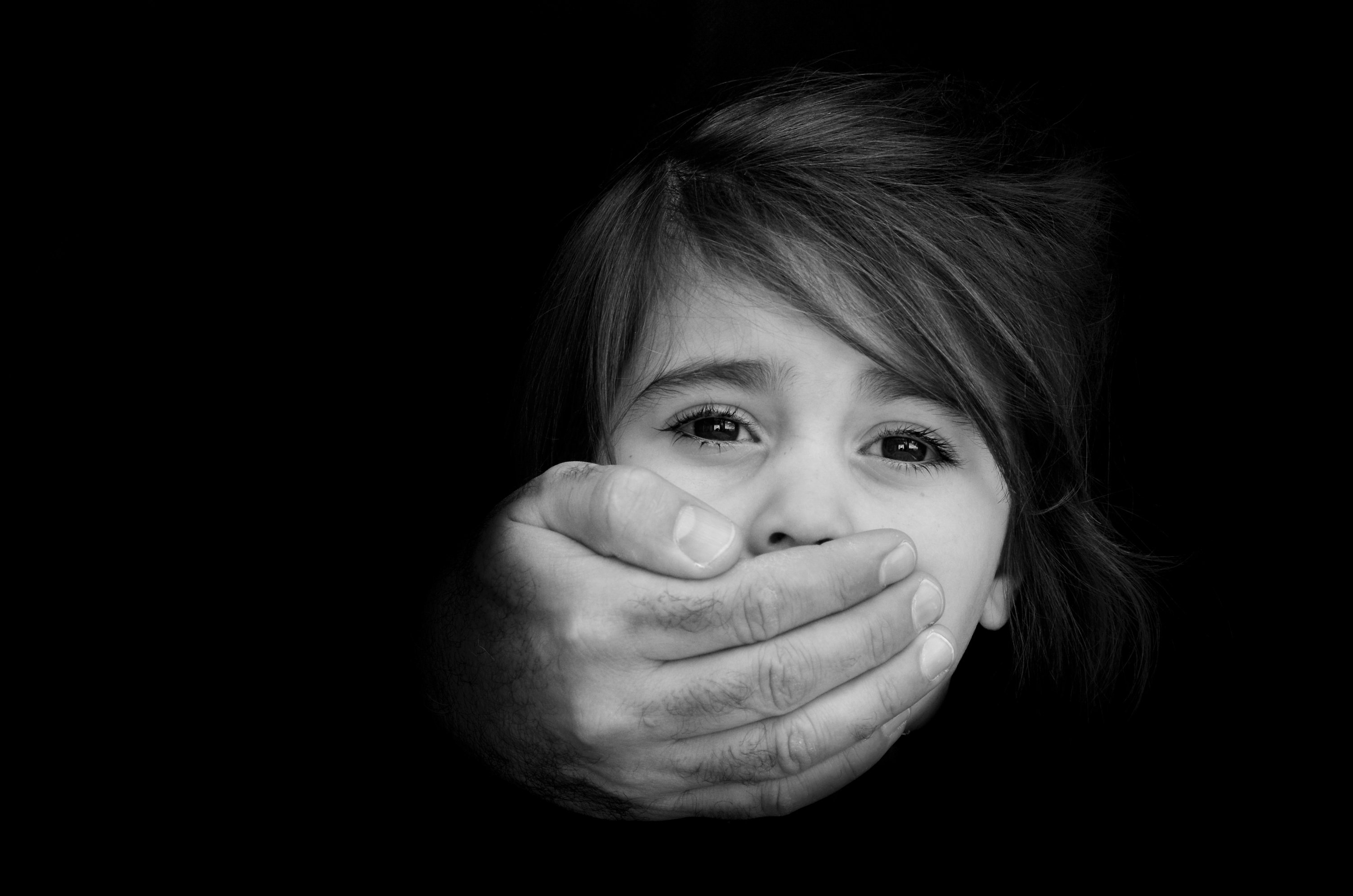
An Overview on Human Trafficking
Human trafficking, a form of slavery, occurs when a victim is forced or coerced into performing actions against his or her will. This is an international problem.
Globally, it is estimated that there are 20.9 million human trafficking victims. Of those, 68% are in forced labor, 55% are female, and 26% are children (Polaris, 2018).
In 2017, there were 4,460 cases of human trafficking in the United States and U.S. Territories reported to the National Human Trafficking Hotline. Victims of human trafficking come from diverse socioeconomic, educational, and cultural backgrounds. Victims may be found in suburban or rural locations, in all age groups, and of all genders, including transgender persons. However, there are some risk factors that may make individuals more vulnerable to becoming victims of human trafficking. These factors include runaways and homeless youths, foreign nationals (either documented or undocumented), individuals with a past history of violence, trauma, discrimination, neglect, or abuse; or other social, personal, and environmental factors (National Center on Safe Supportive Learning Environments, 2018; National Human Trafficking Hotline, n.d.).
Human trafficking may include sex and labor trafficking, and organ harvesting. These acts usually involve abuse and are induced by force, fraud, or coercion.
- Sex trafficking involves recruiting or taking victims for a commercial sex act. These sexual acts are not consensual and often involve individuals less than 18 years of age.
- Labor trafficking is recruiting, obtaining, or harboring a person for labor or services. These victims may be subjected to involuntary servitude, debt bondage, or slavery.
- Organ harvesting involves the trafficking of a person to use their internal organs for transplant. Kidneys are in high demand due to the high number of patients on transplant waiting lists.
(Department of Health and Human Services, n.d.; Interpol, 2018; National Crime Agency, 2018)
Because many victims of human trafficking seek out health care usually because of conditions suffered as a victim, it is important that healthcare workers are knowledgeable about and recognize signs indicating victims of human trafficking. There are evidence-based, validated assessment tools that can be used to assist healthcare professionals to identify potential victims of human trafficking. Healthcare professionals should pay attention to vulnerable populations, such as children, adolescents, and those who have identifiable risk factors. The goal of assessing human trafficking victims is not to “rescue” the person, but to provide a safe, secure environment for them to receive medical care. Healthcare providers should provide Hotline numbers to suspected or known victims.
National Human Trafficking Hotline (from the National Human Trafficking Resource Center)
1-888-373-7888
Website
Available 24 hours per day, seven days a week. Can provide assistance in more than 200 languages.
Department of Homeland Security Blue Campaign
1-866-347-2423
Website
Available 24 hours per day, seven days a week
Healthcare professionals are in a unique position to identify and intervene for victims. It is important for nurses to understand how to assess and recognize victims and be aware of resources to help in these situations.
For more information about human trafficking, check out the RN.com course Human Trafficking: Implications for Healthcare Professionals.
References
Department of Health and Human Services. (n.d.). Human trafficking.
Interpol. (2018). Types of human trafficking.
National Center on Safe Supportive Learning Environments. (2018). Human trafficking in America’s schools: Risk factors and indicators.
National Crime Agency. (2018). Types of modern slavery crime.
National Human Trafficking Hotline. (2017). Hotline statistics.
National Human Trafficking Hotline. (2018). Assessment tool.
Polaris. (2018). Human trafficking: The facts.




